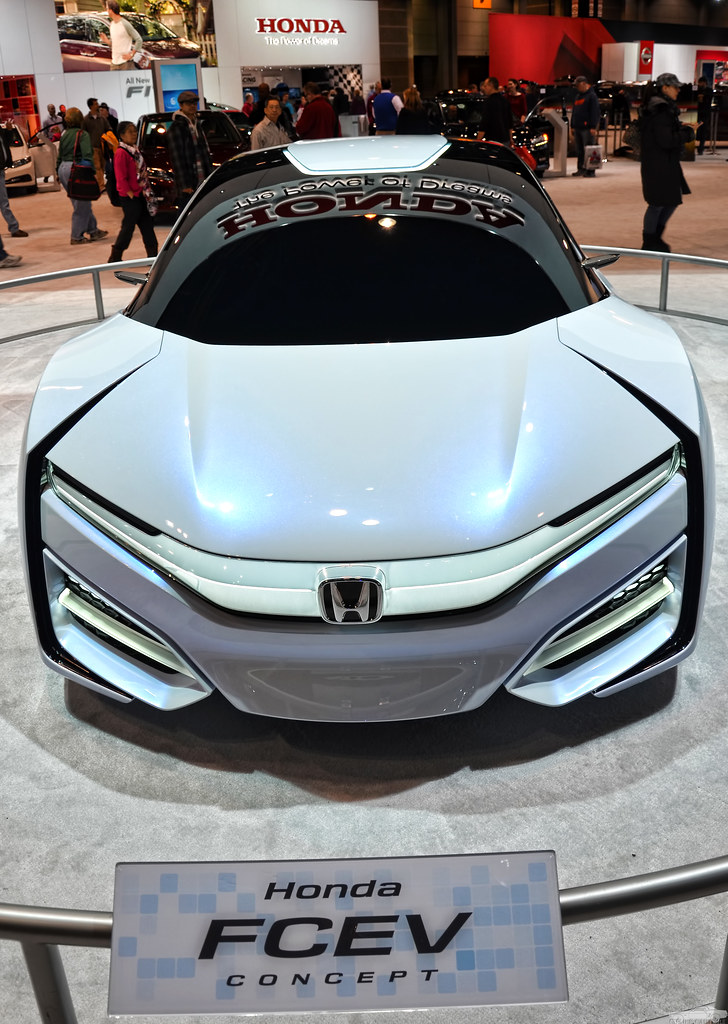In today’s automotive landscape, where innovation and technology blend to create futuristic visions on wheels, Tesla’s Cybertruck has undeniably captured the imagination of countless enthusiasts and skeptics alike. With its stark, angular design and promises of unmatched performance, the Cybertruck stands as a bold statement of what the future of electric vehicles might hold. However, beneath its shiny, stainless-steel exterior and amidst its slew of high-tech features, lies a concern that’s as surprising as it is alarming: the frunk’s appetite for fingers.

The issue first came to light through a series of tests conducted by vehicle enthusiasts and shared across social media platforms. These tests revealed a startling oversight in the design of the Cybertruck’s front trunk, or ‘frunk,’ as it’s affectionately known. Unlike its counterparts in luxury electric vehicles, which come equipped with sensors to detect obstructions and prevent injuries, the Cybertruck’s frunk seems to have been left out of this safety protocol. The tests, involving various food items simulating human fingers, demonstrated a gruesome propensity for the frunk to close with relentless force, devoid of any mechanism to detect and spare the unfortunate objects in its path.
This revelation has sparked a flurry of discussions and concerns among potential owners, safety advocates, and the curious public. Videos shared on platforms such as X (formerly known as Twitter) and YouTube show the Cybertruck’s frunk snapping vegetables and other stand-ins for fingers without hesitation. The stark comparison between Tesla’s latest creation and other vehicles, where similar tests often resulted in the sparing of the test subjects, casts a shadow on what many considered a leap forward in vehicle design and technology.
Adding to the concern is the design of the Cybertruck’s body panels. Made from 1.8 mm thick stainless-steel sheets, the edges are not folded or hemmed, leaving a sharper edge than is typically found in vehicle construction. This design choice, while contributing to the Cybertruck’s futuristic aesthetic, exacerbates the potential for injury, as demonstrated in the now-viral ‘carrot test.’ The test, conducted by Out of Spec reviews and others, involved gently closing the vehicle’s doors and frunk on various food items, only to witness a ‘guillotine effect’ that left the items severed or severely damaged.
The issue does not seem to be isolated to the frunk alone. The Cybertruck’s doors, which lack the anti-pinch sensors found in other Tesla models like the Model X and rival electric trucks, have also been shown to pose a risk to fingers and hands. This oversight seems particularly glaring given the advancements in vehicle safety features over the past few decades, including the introduction of anti-pinch technology in power windows and doors.
Tesla, a company known for pushing the envelope in vehicle design and technology, seems to have missed a crucial aspect of user safety in its rush to bring the Cybertruck to market. As the first units began reaching customers, excitement was tempered by reports of this unexpected and, frankly, hazardous feature. Despite the CEO’s enthusiasm at the handover event, the emerging narrative around the Cybertruck has taken a turn towards caution, with potential owners and observers alike questioning the balance between innovation and safety. The term ‘Cyber Guillotine’ has been coined by some in the Tesla community, highlighting the severity of the issue and the need for immediate action. While Tesla has often been quick to address software-related issues through updates, the physical nature of this problem suggests that a more substantial intervention may be required.
As of now, Tesla’s response to these concerns remains to be seen, especially considering the dissolution of its US media relations team in 2020.The excitement surrounding the Cybertruck, with its promise of revolutionizing the electric truck segment, has undoubtedly hit a snag. The issues with the frunk and door closing mechanisms serve as a stark reminder that in the pursuit of innovation, basic safety measures cannot be overlooked. As Tesla works to address these concerns, potential owners and enthusiasts will be watching closely, hoping that the vehicles they have eagerly anticipated do not come with a risk they never expected.
The Cybertruck’s journey from a symbol of future possibilities to a cautionary tale of innovation outpacing safety serves as a valuable lesson for Tesla and the automotive industry at large. As we move forward into an era of electric vehicles and autonomous driving, let’s ensure that the rush to the future does not leave behind the fundamental principles of vehicle safety and user protection.
Related posts:
Tesla Cybertruck Frunk Is Hungry For Fingers
Customers discover ‘fatal’ design flaw in Tesla’s $80,000 Cybertruck that could lead to passengers’ fingers being CHOPPED OFF – and it’s been named the ‘guillotine effect’
Tesla Cybertruck Frunk Sparks Safety Concerns Amid Risk of Finger Injuries




